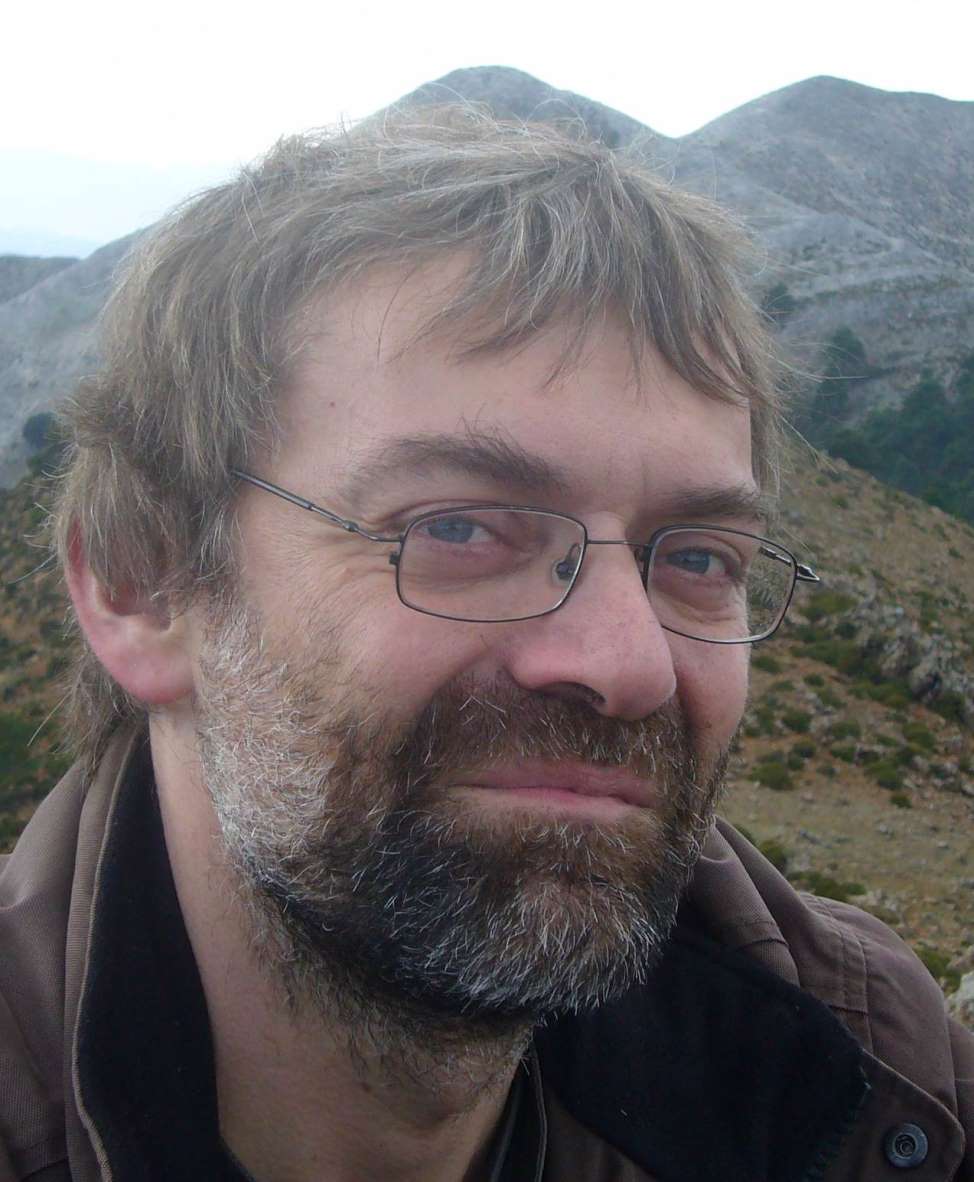Program Information
The ESTRO-AAPM Joint Symposium On Imaging for Proton Treatment Planning and Guidance
K Parodi1*, D Dauvergne2*, J Kruse3*, (1) Ludwig-Maximilians-University Munich, Garching, Bavaria, (2) Institut de Physique Nucleaire de Lyon, Lyon, (3) Mayo Clinic, Rochester, MN
Presentations
WE-E-BRF-1 Wednesday 1:45PM - 3:45PM Room: Ballroom FIn this first inaugural joint ESTRO-AAPM session we will attempt to provide some answers to the problems encountered in the clinical application of particle therapy.
Indeed the main advantage is that the physical properties of ion beams offer high ballistic accuracy for tightly conformal irradiation of the tumour volume, with excellent sparing of surrounding healthy tissue and critical organs,
This also its Achilles' heel calling for an increasing role of imaging to ensure safe application of the intended dose to the targeted area during the entire course of fractionated therapy.
We have three distinguished speakers addressing possible solutions.
Katia Parodi (Ludwig Maximilians University, Munich, Germany)
To date, Positron Emission Tomography (PET) is the only technique which has been already clinically investigated for in-vivo visualization of the beam range during or shortly after ion beam delivery. The method exploits the transient amount of βâº-activity induced in nuclear interactions between the primary beam and the irradiated tissue, depending on the ion beam species, the tissue elemental composition and physiological properties (in terms of biological clearance), as well as the time course of irradiation and imaging. This contribution will review initial results, ongoing methodological developments and remaining challenges related to the clinical usage of viable but often suboptimal instrumentation and workflows of PET-based treatment verification. Moreover, it will present and discuss promising new detector developments towards next-generation dedicated PET scanners relying on full-ring or dual-head designs for in-beam quasi real-time imaging.
Denis Dauvergne (Institut de Physique Nucleaire de Lyon, Lyon, France)
Prompt gamma radiation monitoring of hadron therapy presents the advantage of real time capability to measure the ion range. Both simulations and experiments show that millimetric verification of the range can be achieved at the pencil beam scale for active proton beam delivery in homogenous targets. The development of gamma cameras, that has been studied by several groups worldwide over the last years, now reaches - for some of them - the stage of being applicable in clinical conditions, with real size prototypes and count rate capability matching the therapeutic beam intensities. We will review the different concepts of gamma cameras, the advantages and limitations of this method, and the main challenges that should still be overcome before the widespread of prompt gamma quality assurance for proton and hadrontherapy.
Jon Kruse (Mayo Clinic, Rochester, MN, USA)
Treatment simulation images for proton therapy are used to determine proton stopping power and range in the patient. This talk will discuss the careful control of CT numbers and conversion of CT number to stopping power required in proton therapy. Imaging for treatment guidance of proton therapy also presents unique challenges which will be addressed. Among them are the enhanced relationship between internal anatomy changes and dosimetry, the need for imaging to support adaptive planning protocols, and high operational efficiency.
Learning Objectives:
1. To learn about the possibilities of using activation products to determine the range of particle beams in a patient treatment setting
2. To be informed on an alternative methodology using prompt gamma detectors
3. To understand the impact of the accuracy of the knowledge of the patient information with respect to the delivered treatment.
Handouts
- 90-25297-339462-103181.pdf (K Parodi)
- 90-25298-339462-107241.pdf (D Dauvergne)
- 90-25299-339462-103043.pdf (J Kruse)
Contact Email:







